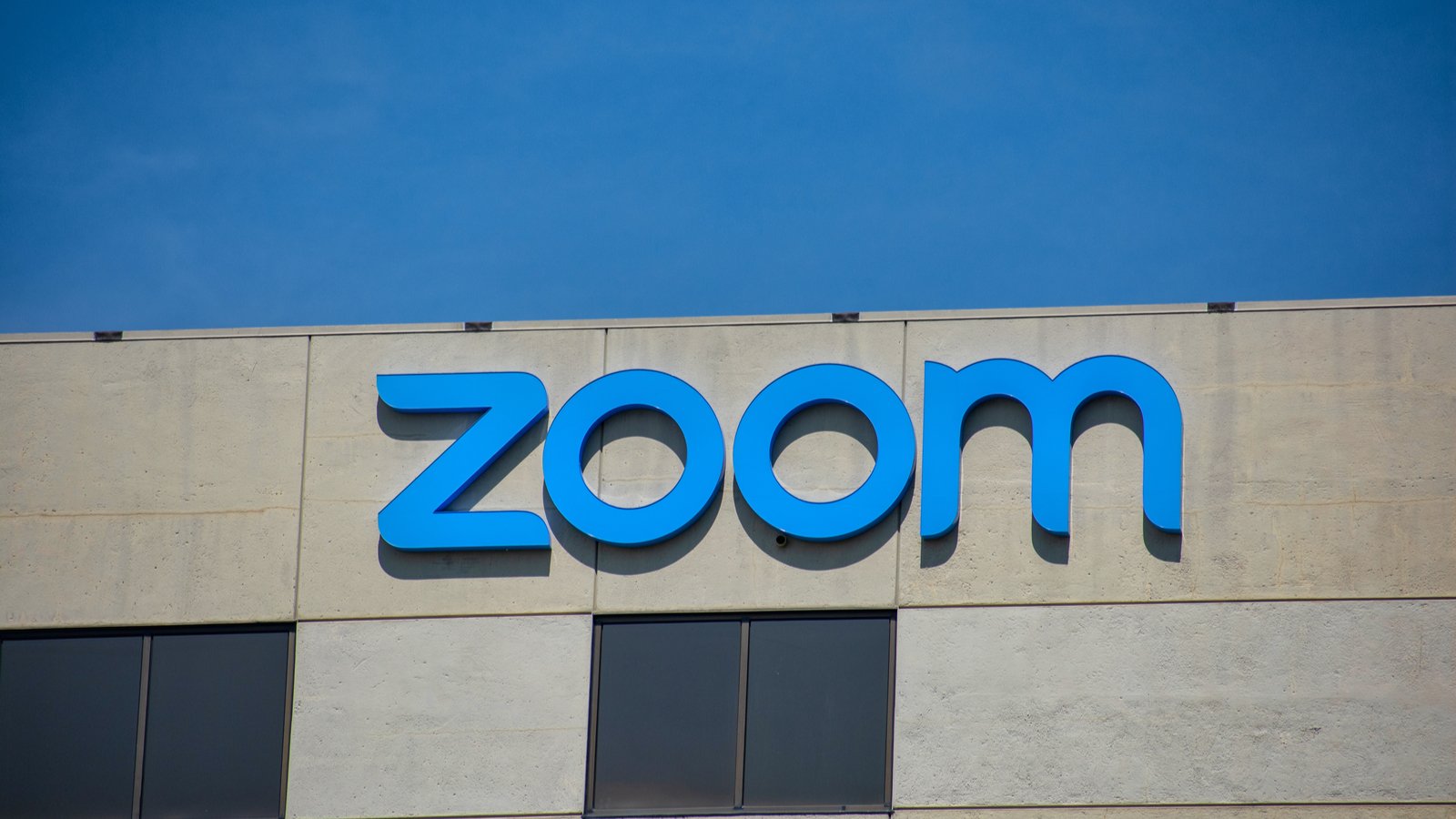Zoom Video Communications (NASDAQ:ZM) has enjoyed its best year so far, directly benefitting from the novel-coronavirus shutdowns. This year, with record revenues and profits, the company has been one of the major corporate success stories. However, as we get closer to the post-pandemic world, the excitement around Zoom stock seems to be wearing off.

Zoom’s revenue growth is expected to slow down in 2021, as corporate air travel starts picking up again. However, the stock still trades at 30 times analysts’ average 2021 sales estimate, dwarfing the average valuation of its sector. So with its bloated valuation and a slowdown in its top-line growth expected next year, Zoom stock is unattractive at this stage.
The shares have started to slow down, dropping more than 20% in the past couple of months. On Thursday, the stock closed roughly 57% below its 52-week high of $589. Due to the advancement of the Covid-19 vaccines, analysts’ average estimates for Zoom have also dropped. Though the recovery of air travel will be sluggish, it’s likely to pick up massively once the vaccine is widely available, resulting in a bumpy road ahead for Zoom stock.
Zoom’s Q3 Results Were Awesome
Judging from Zoom’s stellar Q3 results, it seems the company was doing extremely well last quarter. It reported revenue of $777.2 million in the period, comfortably beating the mean estimate of $694 million. Moreover, its earnings per share, excluding certain items, of 99 cents beat the average outlook of 76 cents by a healthy margin as well. As of the end of Q3, it had 1,289 customers that had paid the company $100,000 or more over the previous 12 months.
Lockdown restrictions and the resulting surge of online communication boosted Zoom’s annualized revenue growth to 367%. For Q4, the company is projecting revenue of $806 million to $811 million and EPS of 77 cents to 79 cents.
However, Zoom expects its sequential revenue growth to slow. In Q1 and Q2, its top line increased about 68% versus the previous quarters. In Q3, its revenue rose 16% versus Q2, and its sequential growth is expected to slow further in Q4.
Moreover, Zoom’s gross margins also took a hit in Q3, primarily because it spent money to expand its cloud services. Its gross margin came in at 66.7% last quarter, down from more than 80% in the previous quarters.
Valuation
Zoom’s valuation is perhaps the major cause for concern now. Its stock price has skyrocketed from roughly $70 in April last year to $375 as of Thursday’s close.

However, things have taken a turn for the worse for the stock since mid-October. As you can see from the above graph, its stock price has dropped from its highs in mid-October, and the shares’ advance seems to have slowed considerably. In mid-October, it became apparent that Pfizer (NYSE:PFE) and other biotech giants were close to completing the development of their vaccines for the coronavirus.
Still, Zoom stock is considerably over-priced, and virtually all of its valuation metrics are higher than the averages of its peers. For instance, its trailing enterprise value-to-sales ratio is more than ten times the median level of its sector. Meanwhile, the company’s expected slowdown in 2021 hasn’t been reflected in its stock price so far.
The Bottom Line on Zoom Stock
Zoom has been one of the major success stories of this year. Its user base has surged, resulting in its best year yet. However, the company’s revenue growth is starting to slow down, and with society likely to return to normal next year, Zoom’s 2021 performance will probably weaken compared to this year.
That slowdown, however, is not yet reflected in Zoom stock, making it tough to invest in the shares at their current price.
On the date of publication, Muslim Farooque did not have (either directly or indirectly) any positions in the securities mentioned in this article.
